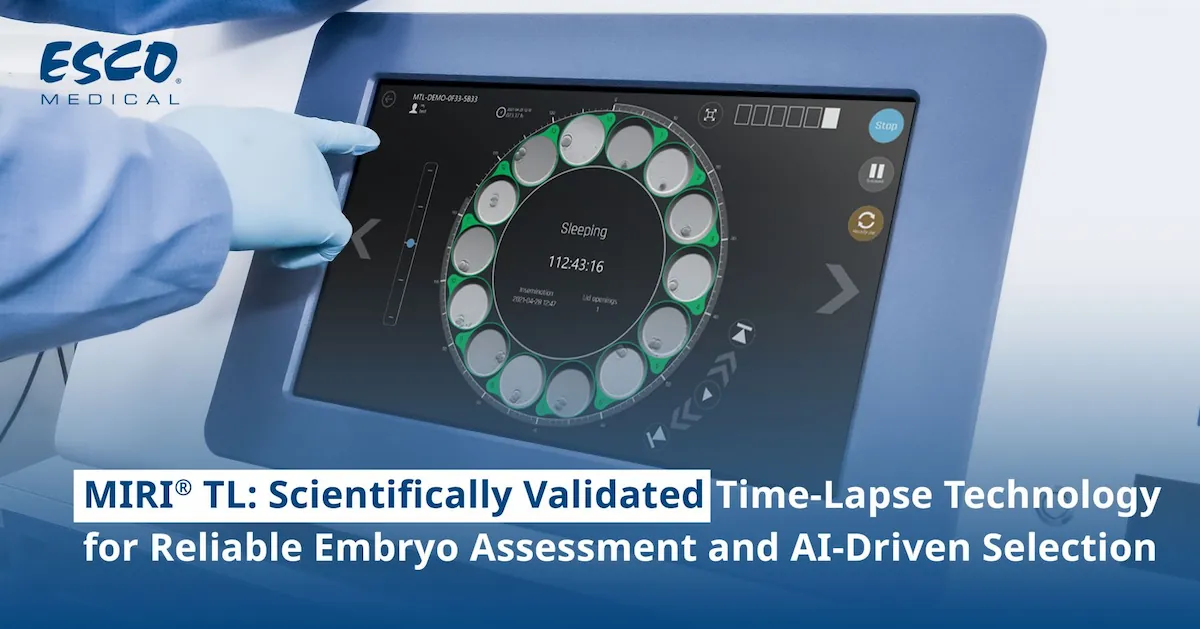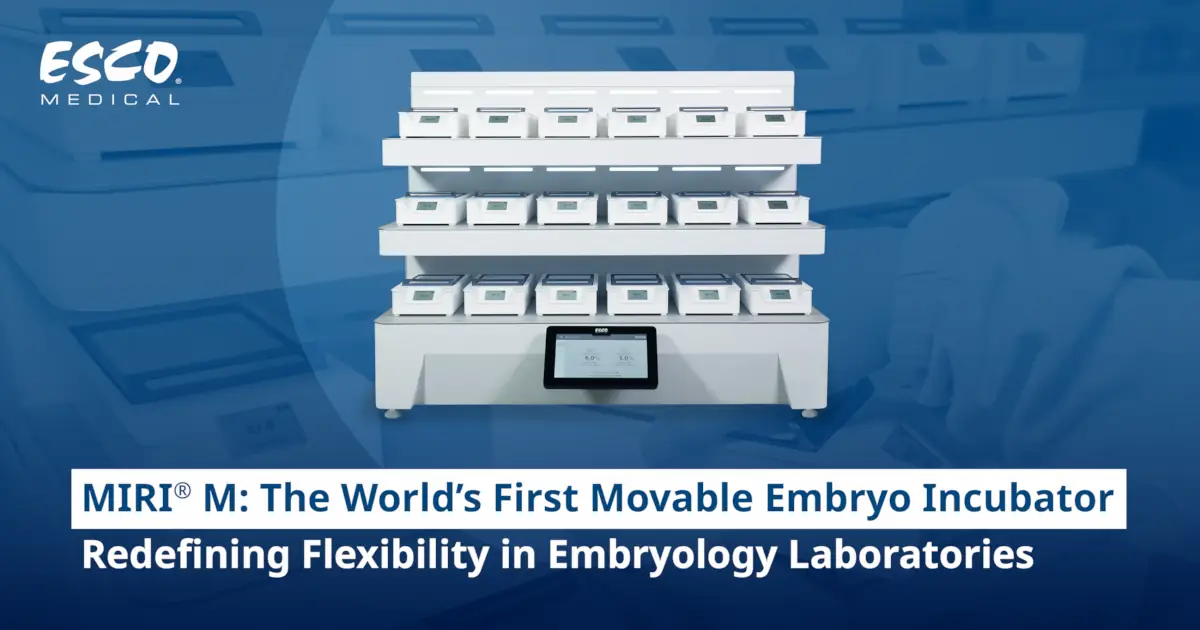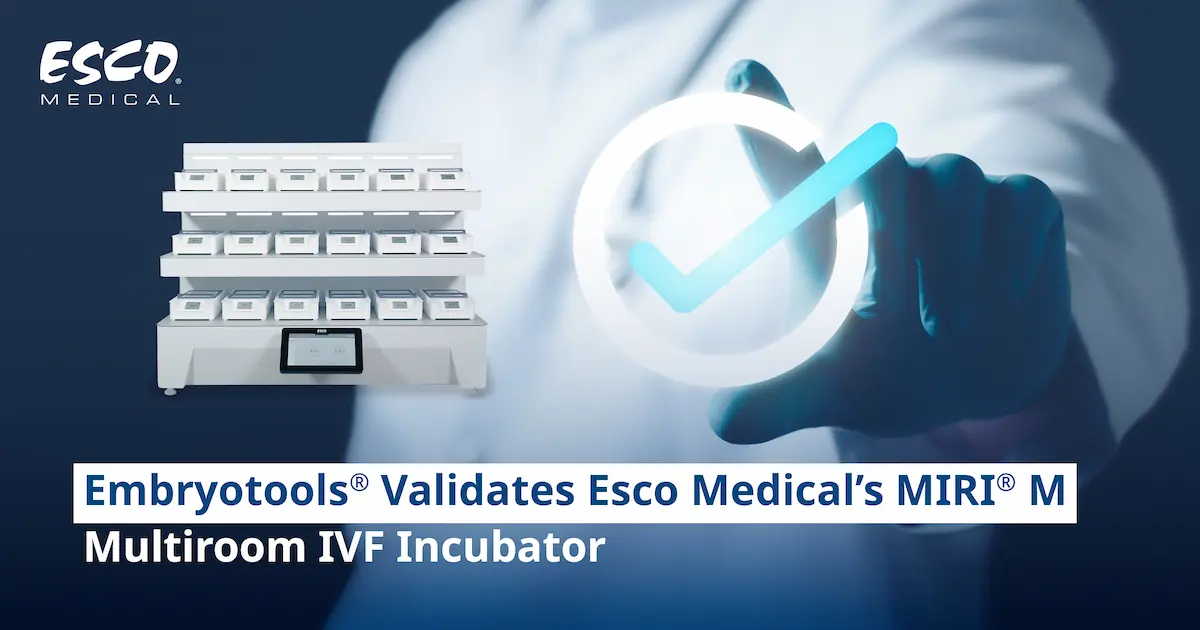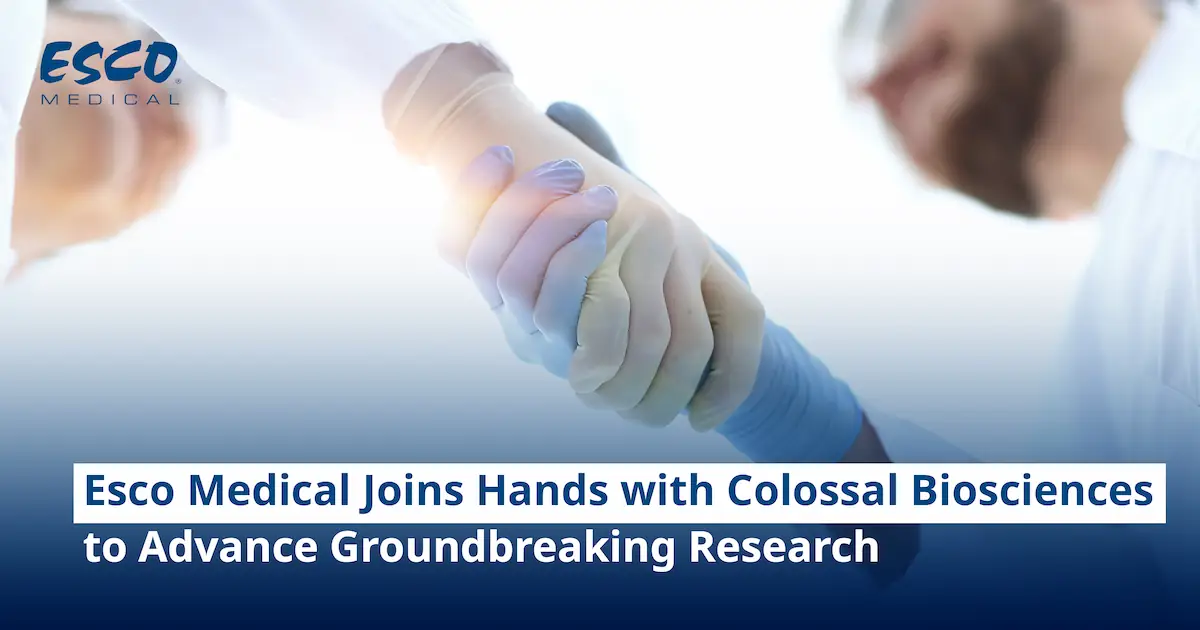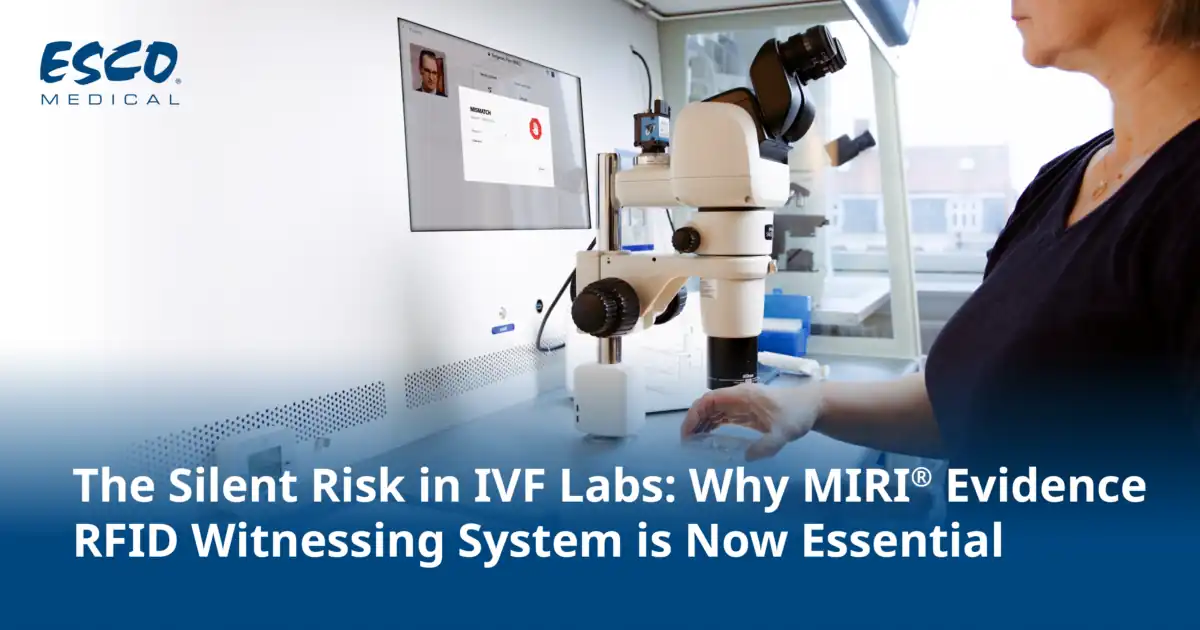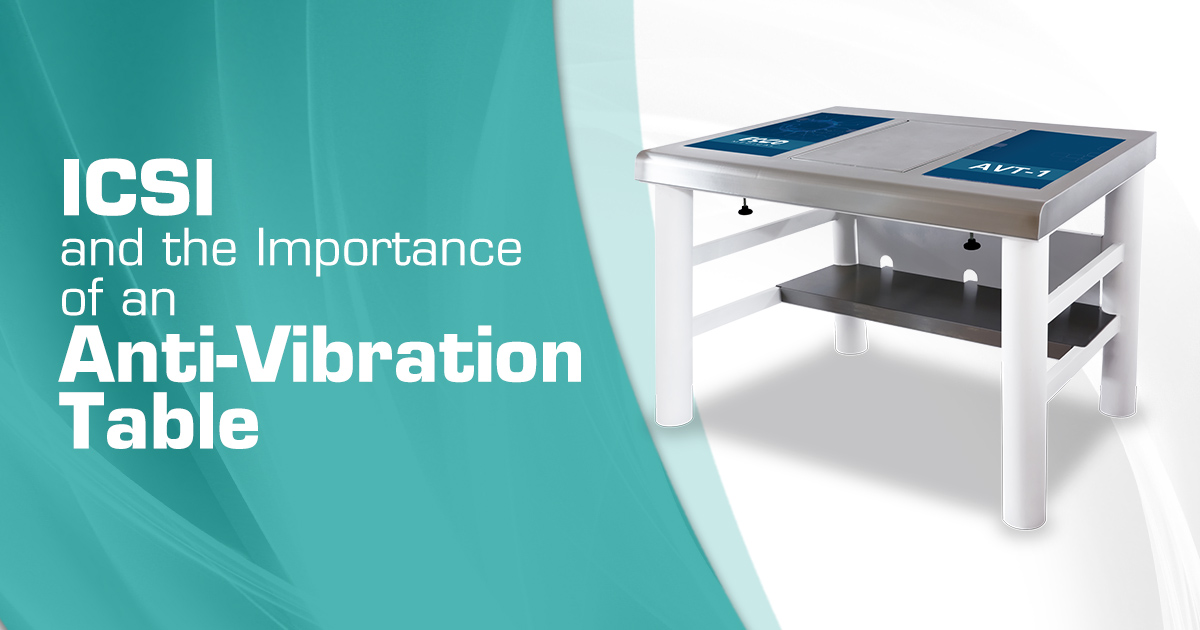
Developments in the field of microscopy, particularly those in microscopic equipment and information about oocytes, sperm cells, and embryos paved the way for the advancement of new procedures in assisted reproductive technology (ART). The concept of micromanipulation pertains to the microscopic management of individual eggs, sperm, or embryos as a means of increasing fertilization and pregnancy rates. Such procedures necessitate particular equipment (the use of special IVF workstations like isolation vibration or anti-vibration tables; and IVF microscopes like inverted and stereo microscopes), personnel, and skills. In today’s world, one of the most notable micromanipulation techniques is intracytoplasmic sperm injection or ICSI.
What is ICSI?
Intracytoplasmic sperm injection (ICSI) is an assisted reproductive technology in which a single sperm cell is physically inserted into the oocyte’s cytoplasm utilizing a narrow, glass needle. This technology was developed to support fertilization in instances involving male factor infertility. During ICSI procedure, the mature eggs are allowed to be unrestricted of adjacent cells by a combination of enzyme (like hyaluronidase) treatment and its dissection under the microscope. By using special micromanipulation devices, the eggs are independently injected with a single sperm. The injected eggs are then placed back to the laboratory incubator and are eventually managed the way a conventional in-vitro fertilization (IVF) is done.
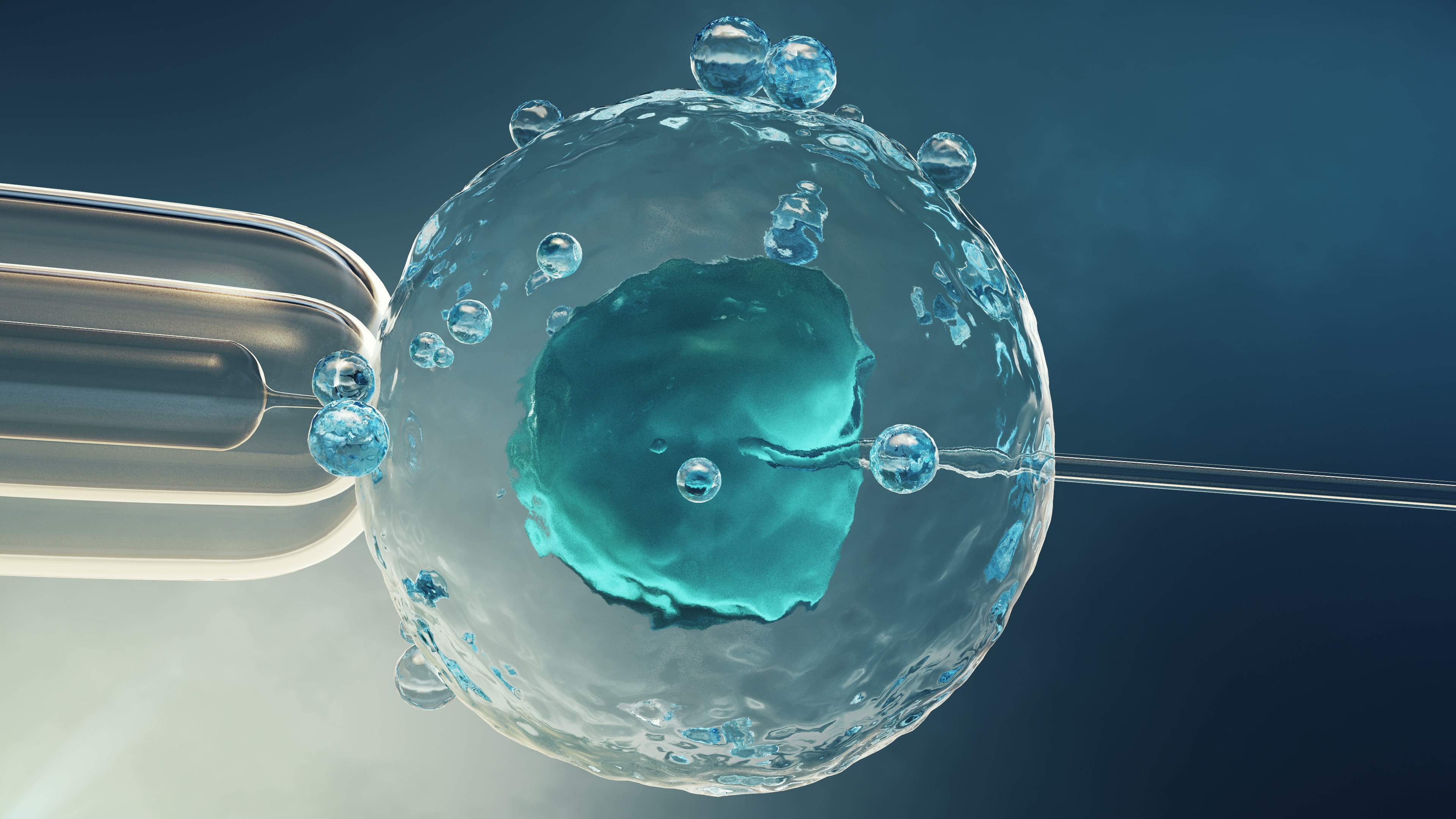
Primary Benefit of ICSI
The advantage of ICSI as an ART is that it offers a way to treat unusual cases of male factor infertility perceived to be untreatable or difficult to treat. It proposes possibilities to couples who have a low chance of having their own child by way of conventional in-vitro fertilization (IVF) or other assisted-fertilization procedures. Studies show that fertilization in vitro entails a minimum number of normal-shaped and progressively motile sperm cells. The likelihood for in vitro fertilization is decreased when the sperm’s minimum number is not met. During ICSI process, ideally, only a few sperm are needed.
ICSI and Lab Requirements
ICSI as a treatment procedure requires special equipment/ devices before such technique is conducted. The equipment can be divided into two groups -- preparation of the microtools, and second, materials for the microinjection procedure per se.
For the microtools, a pipette puller (a device designed to simultaneously pull two identical, single pipettes), grinder and microforge (a device used to reshape the pipette or to fuse the tip into a different geometry) are essential. These microtools require accurate settings since they are fundamental in the preparation of a good microneedle. The needle, in turn, is important to the injection procedure itself.
For the microinjection process, the inverted microscope required has to be equipped with the following features: a heated stage, precise optics, manipulators, and injectors. Again, the accuracy of their settings and the proper use of this set of equipment have a huge influence on the injection procedure per se, henceforth, may influence the overall success rate.
Microscope system for ICSI: An inverted microscope is necessary to bring about a stable platform for carrying out manipulation procedures like ICSI. The use of such an inverted microscope system aims to progress the quality of ICSI, which entails both precision and speed. This type of microscope has an optical system solely made for ICSI. An ideal inverted microscope allows the clear imaging of the spindle during a metaphase II oocyte through its oculars. The observation of the spindle aids in the improvement of ICSI precision through the confirmation of the oocyte’s phase of maturation; and at the same time, making sure that the pipette position is in place during injection so as to avoid spindle damage to the spindle.
The entire set-up is ideally placed on a special vibration isolation workstation like in the form of an anti-vibration table. This is to prevent any forms of vibrations that could potentially interfere with the injection procedure. Moreover, while technical facets are imperative, the operator’s skills are equally important to perform a proper injection.
The Esco Anti-Vibration Table (AVT)
Esco Medical AVT-1® is a special kind of vibration isolation workstation. This anti-vibration table is intended for use together with high-magnification microscopes. Such platform is designed mainly for ICSI, IMSI and embryo biopsy procedures, and all other applications wherein vibration dampening is important.
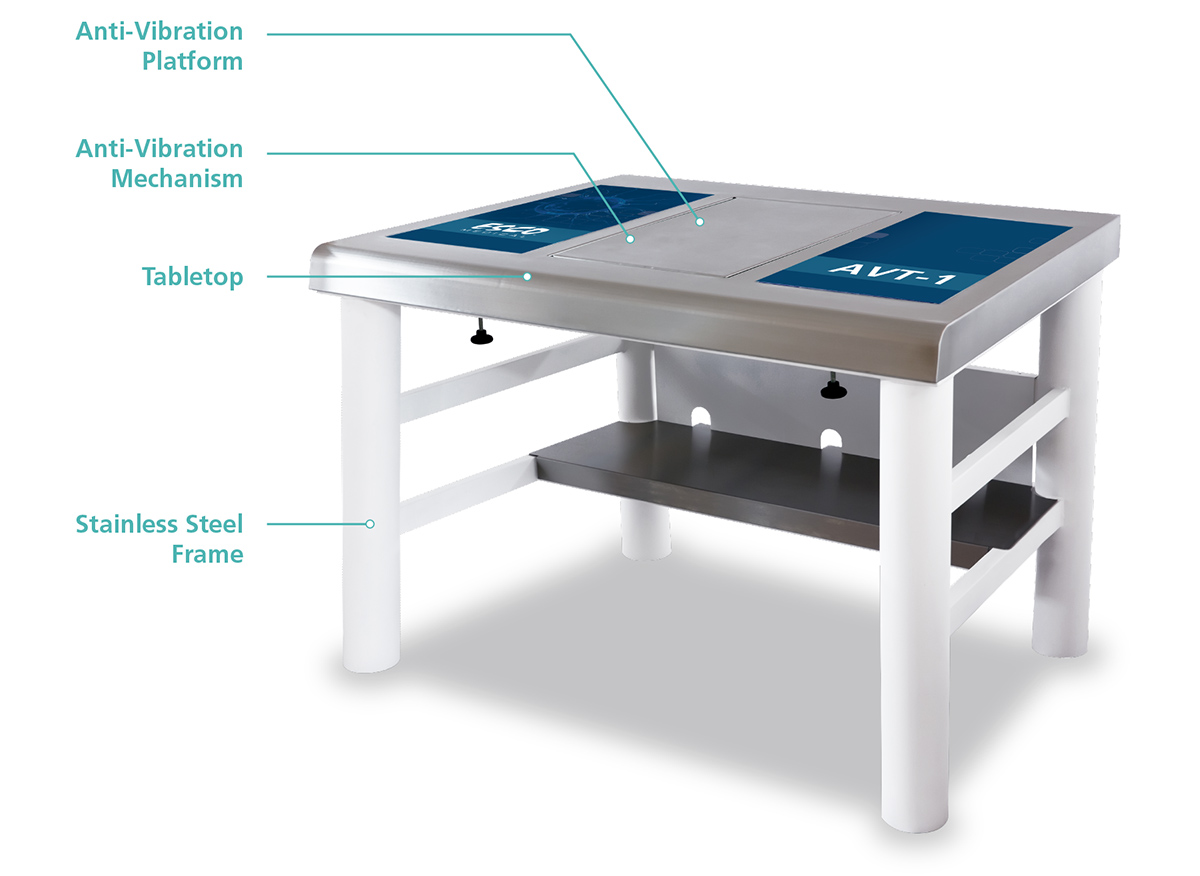
AVT: How it Works
The AVT deliberately isolates the microscope from vibrations that are generated inside the work environment where the table is placed, and at the same time, from vibrations created above or below any part of the tabletop that is not part of the AVT platform.
The table consists of a tabletop in stainless steel and glass. It has a sturdy frame with flattening feet that warrant the table to be in exceptional contact with the floor space. The AVT platform is located in the middle of the tabletop and it is floating on the AVT mechanism.
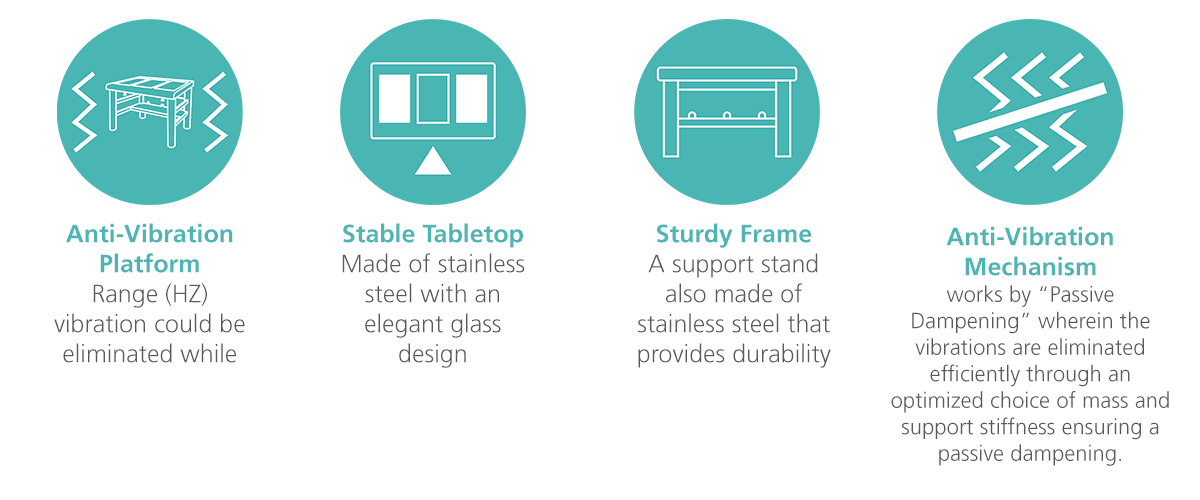
The anti-vibration mechanism works as a passive damping device and only partially damps the vibration that is generated on the AVT platform itself. The microscope must be placed on the anti-vibration float. The rigid frame has leveling feet which ensure the table is in excellent contact with the floor. The damped rolling diaphragm isolators have a low natural frequency of 2Hz which effectively isolates out vibrations above 6Hz well below the frequencies at which typical building vibrations begin to occur. A wide range of options include: monitor arms, castors, frame and platform shelves, and silent air compressors.
In conclusion, there are a number of factors that play a crucial role in the success of an ICSI cycle. A good setup, which includes the availability and the correct use of equipment facilitates a successful injection procedure, and eventually an increased pregnancy success rate.
